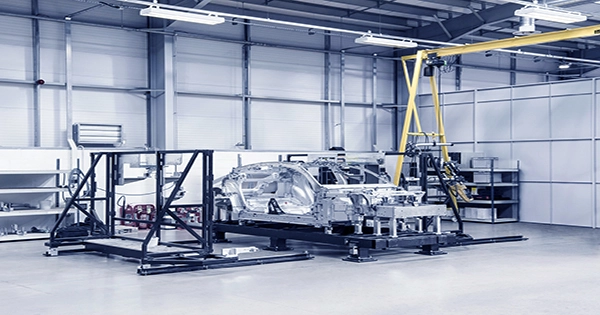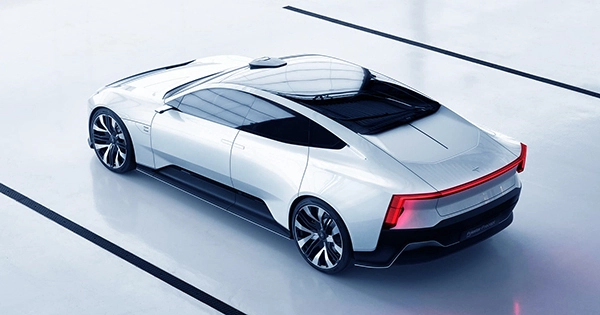When the Polestar 5 launches at the end of 2024, it will be carved from a different cloth than its predecessors. Polestar said on Tuesday that its future electric performance sedan will be built on a whole new, lightweight bonded aluminum base, as opposed to the welded one used by the 1 and 2. Because welding aluminum reduces its yield strength, you’ll need to use twice as much material to accomplish the same results, which defeats the purpose of employing the lightweight metal in the first place.
Bonding aluminum parts together (i.e. affixing them with screws and adhesive) reduces the number of materials required but increases production times. “The cycle time to cure the glue is comparatively long when compared to a regular welding cell,” Steve Swift, Polestar’s head of vehicle engineering, told Engadget via email, adding that “the strategy to control build consistency is very different from conventional construction methods.”

Polestar’s technical team created a speedier manufacturing technique that assembles the car body and battery platform as one to maintain the material advantages of aluminum while minimizing the production penalty of gluing the sections together. Swifts explained the advantages of a unibody building method by saying, “We were able to bake in the structural stiffness requirements we required to satisfy our dynamic performance aspirations at the outset of the project.”
“As a result, we won’t have to make late design changes to deliver on performance,” he admitted. “If the platform and body performance contributions are found to be uneven using a traditional technique, a compromise or change is required.” The design’s time-saving features have already paid off, allowing the company to create and deliver an early run of prototypes just 18 months after development began. Swift also expects the method will shorten “the timeline for some of the essential manufacturing tooling.” In addition, Polestar stated in Tuesday’s release that the 5 “is being designed with torsional rigidity superior to that of a standard two-seat sports or supercar” and “is predicted to weigh less than that of cars in smaller sectors.”
Because there is less vehicle mass to move around, this should result in longer range and superior handling. Though the technique cannot be used retroactively to the Polestar 2’s production, its success with the Polestar 5 could lead to its implementation in future projects. “We have been fantasizing of the potential it affords,” Swift added, “yet nothing is in R&D right now.”
















